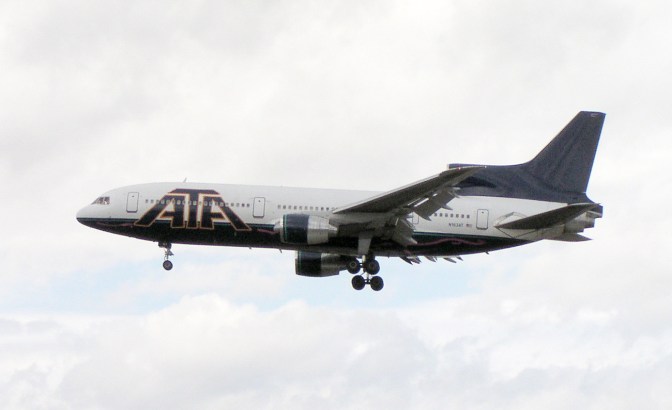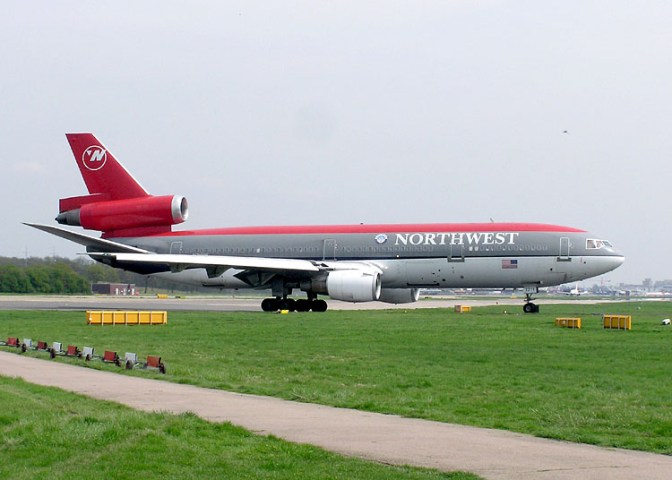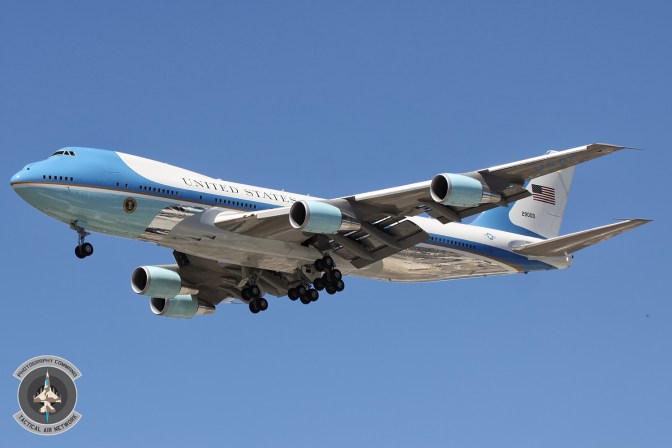By the 1980s, the US Air Force’s two-ship fleet of presidential transport aircraft were getting old very quickly. Both VC-137Cs had accumulated significant mileage over their combined thirty years of service, and needed to be replaced. This time, preferably with an aircraft that possessed better range, more internal space, and one that could be quickly and efficiently repaired and returned to service should maintenance issues appear. The aircraft would need to be American-made, and it would also need an unrefueled range of 6000 miles at the very least.
A request for proposals (RFP) was issued in 1985 with America’s premier commercial aircraft manufacturers responding quickly afterwards. Lockheed’s idea was to modify their L-1011-500 Tristar widebody medium-range airliner to the Air Force’s requirements. With a range of 6150 miles, the Tristar barely broke the endurance requirement. It was, however, large enough to make it a somewhat viable candidate. Built with a tri-jet engine placement configuration, the Tristar had two turbofan engines underneath its wings, and a third blended into its tail at the base of the vertical stabilizer.

Boeing’s proposal was their tried-and-proven 747-200B jumbo jet, by now already in service with a number of airlines worldwide. The -200 possessed a range of over 7880 miles, far above the minimum requirement. Not to mention, its large cargo hold and its expansive main cabin gave the Air Force much more to work with in terms of outfitting and equipping the aircraft as a potential Air Force One jet. Its four engines meant that more maintenance and upkeep would be involved, raising the costs of owning and flying the -200 as a presidential aircraft. But, four engines also meant that pilots had a solid safety margin to work with should one fail. Boeing could have potentially offered its 747 Advanced Series 300, which later went on to become the bestselling 747-400, but the aircraft was far too new and hadn’t flown by the time the RFP was issued, so the Air Force would not consider it.

McDonnell Douglas offered its DC-10-30 widebody airliner, with a range of 6600 miles, and a size comparable to the Tristar. Also a tri-jet aircraft, the DC-10’s third engine was housed in a pod in the tail of the aircraft. At that time, the Air Force had already begun to accept the KC-10 Extender tanker/transporter into its inventory; basically a DC-10 with shorter range and a refueling probe. Choosing this option would’ve driven down maintenance and technical costs as spare parts were already readily available, and ground crew were already trained to maintain and handle such an aircraft.
Soon, the competition boiled down to just McDonnell Douglas and Boeing, with Lockheed’s entry rejected thanks to its short range and questionable safety record. The DC-10-30 was seemingly the fan favorite, especially because of its lower costs, but the Air Force opted to go with the 747-200B instead, due to its range, four engines, and size. Two aircraft were ordered and designated as VC-25s, and were completed by Boeing in 1986. They entered service four years later with an interior designed by First Lady Nancy Reagan, and a considerable number of modifications that would make the aircraft safe and secure for presidential travel, including a countermeasures system, a communications suite and the ability to refuel in-flight.


Wait a second….the L-1011 had a “questionable” safety record? Where? At the time this was proposed, the L-1011 was by far a superior and more advanced aircraft, but limited in its ability to grow and be updated. Also, its RR RB211 engines were no match for the GE CF6 engines.
LikeLike
Also, the DC-10 had a number of crashes and incidents that grounded the type. So I don’t know where this “questionable safety record came from…
LikeLike